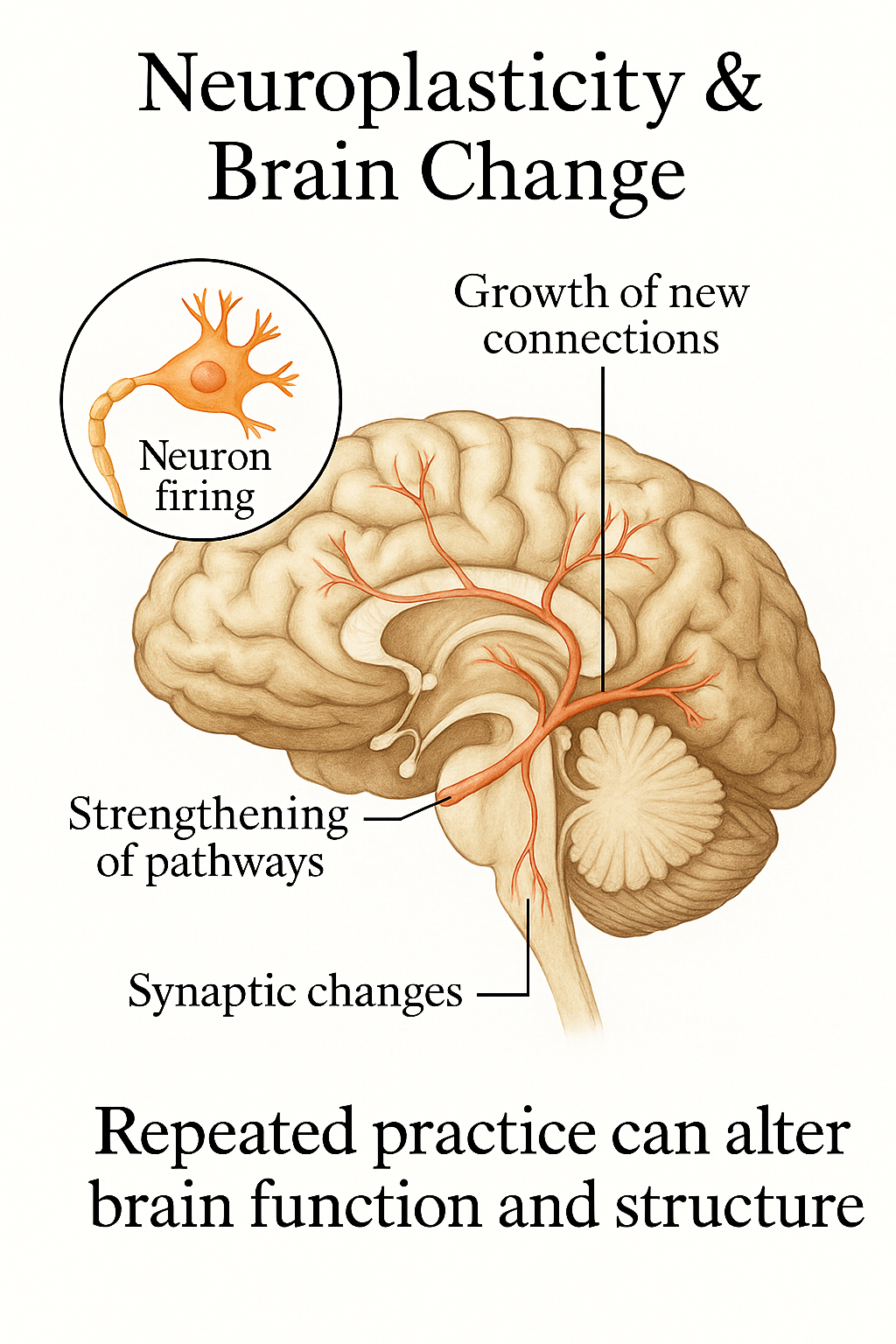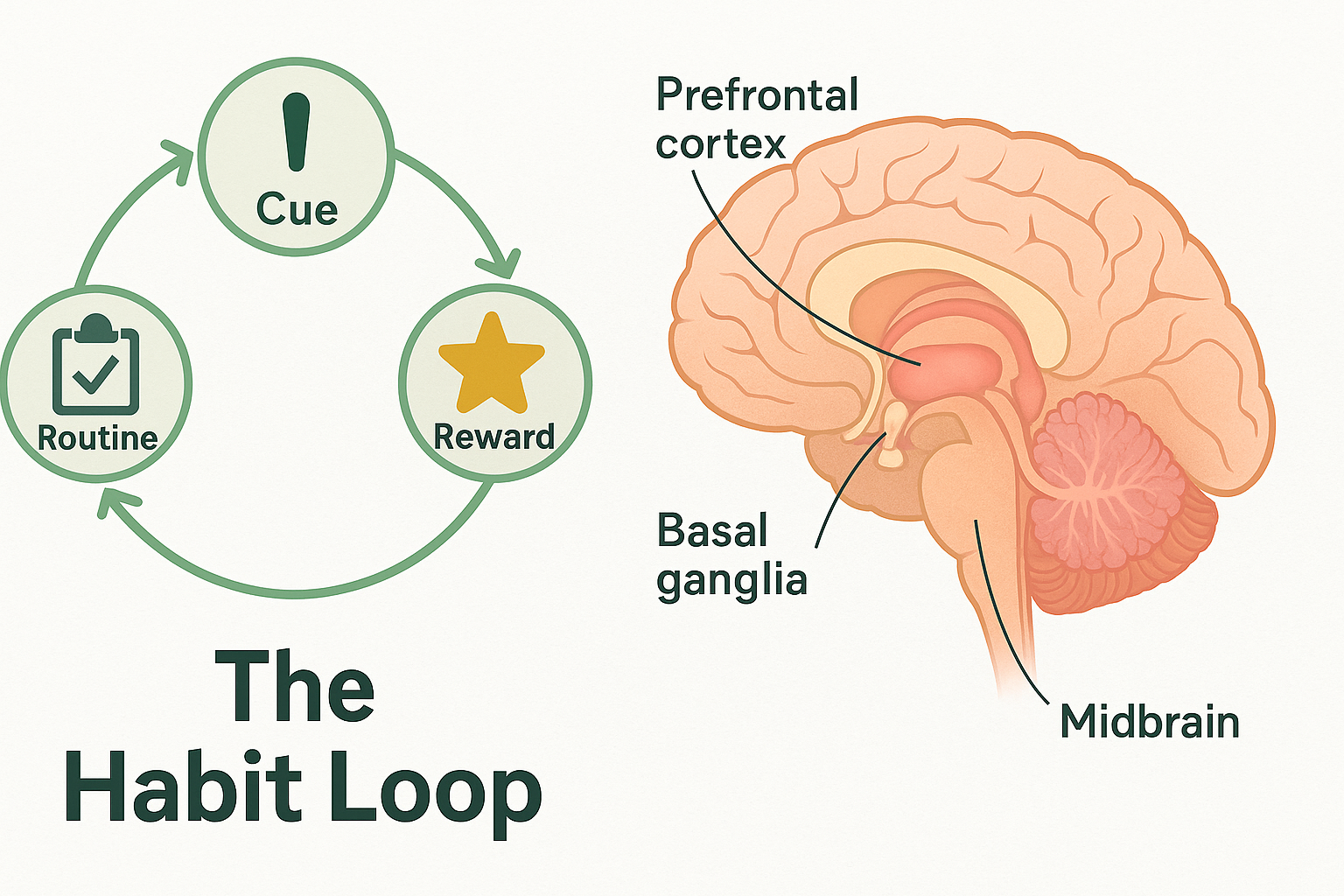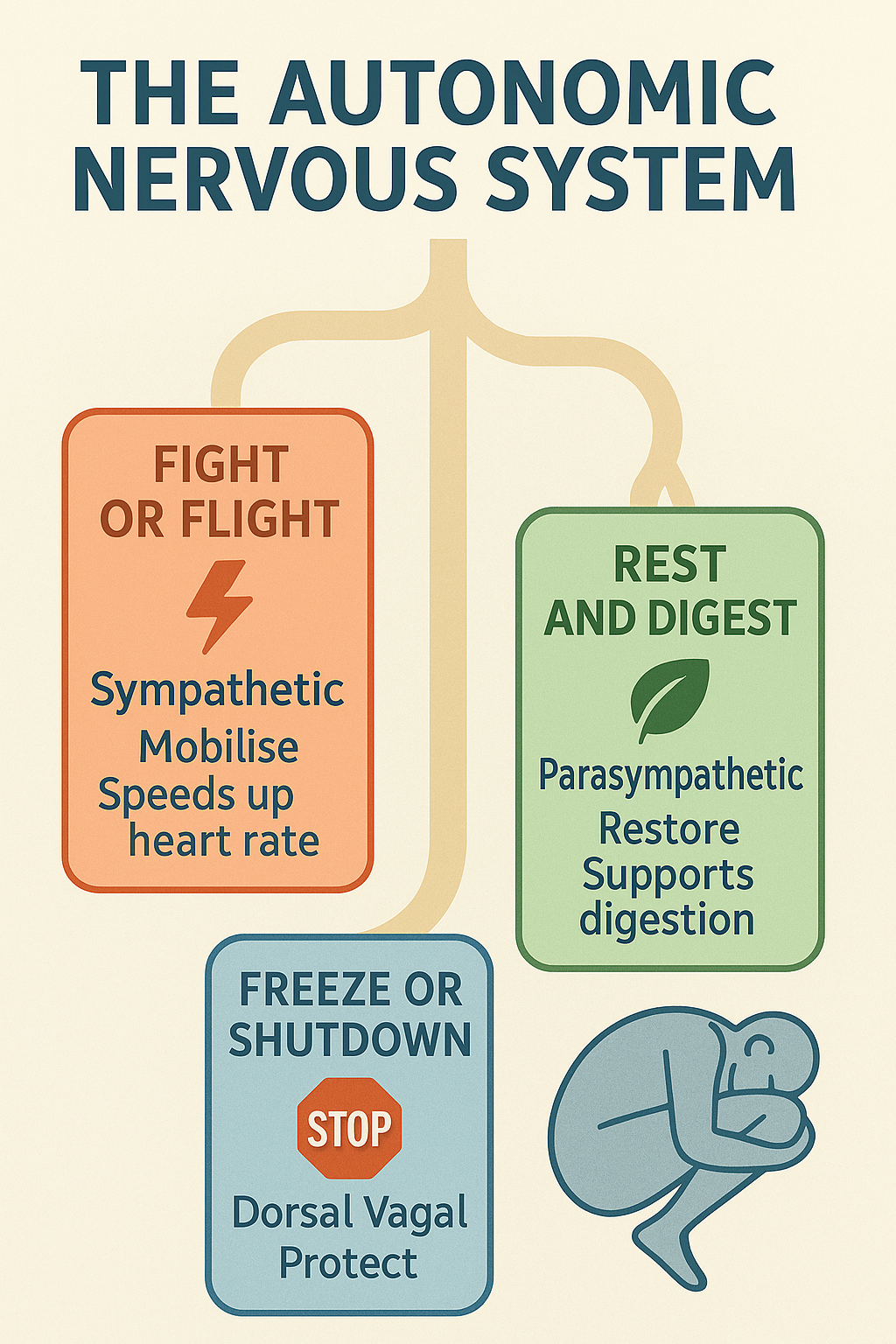Map a loop
Cue: Bored mid-afternoon. Routine: Scroll phone. Reward: Stimulation.
Swap: 20 wall pushups + water → stimulation + small win.
“Reprogramming” your brain means using neuroplasticity (the brain’s capacity to change) to gently reshape habits, thoughts, feelings, and attention. Below you’ll find clear explanations and small actions that compound over time.

When you repeat an action or a way of thinking, certain networks fire in sequence and strengthen (“what fires together, wires together”). With practice and rest, those pathways insulate and become easier to activate; unused pathways fade (synaptic pruning). This is true for movement, mood regulation, attention, language, and habits.

Habits run as loops. Keep the cue and the reward, swap the routine. That change is smaller and more realistic than “pure willpower.”
Cue: Bored mid-afternoon. Routine: Scroll phone. Reward: Stimulation.
Swap: 20 wall pushups + water → stimulation + small win.
Anchor a 30–60 sec action to something you already do.
Example: After I put the kettle on, I’ll water one pot. Celebrate micro-wins.
If (situation), then (next small step). Pre-decide to reduce friction.
Example: If I feel overwhelmed, then I’ll breathe 4–6 for one minute.

Notice a sticky thought → check the evidence → craft a balanced alternative. This is accuracy, not forced positivity.
Use believable, present-tense phrases tied to action. They prime your attention to notice matching evidence.
For fears/avoidance, create a graded ladder (easy → moderate → hard). Pair exposures with calm breathing, stop when you hit a 5–6/10 and let the wave pass. Repeat another day.
Change sticks best when your nervous system is steady. Build switches that nudge you toward parasympathetic (rest/digest) when you’re too amped, or toward gentle activation when flat.

Consistent wake time; light in the morning; reduce late caffeine; wind-down ritual (+ phone out of reach).
Daily “minimums”: 10–20 minutes any pace; sprinkle in 30–60 sec “movement snacks.”
Protein + fibre each meal; hydration goal (glass per meal); simple batch-cook base (beans/rice/soup).
Morning daylight when possible; tiny check-ins with safe people; brief nature exposure.
Keep it scrappy and visual — the brain loves streaks:
The information on this page is for general understanding and support. It is not a substitute for professional medical, psychological, or legal advice. If you feel unable to keep yourself safe or someone else is at risk, call 999 (UK) immediately. If you’re outside the UK, contact your local emergency number.
For non-emergency concerns, consider speaking with a qualified health professional or one of the support services listed on our site.